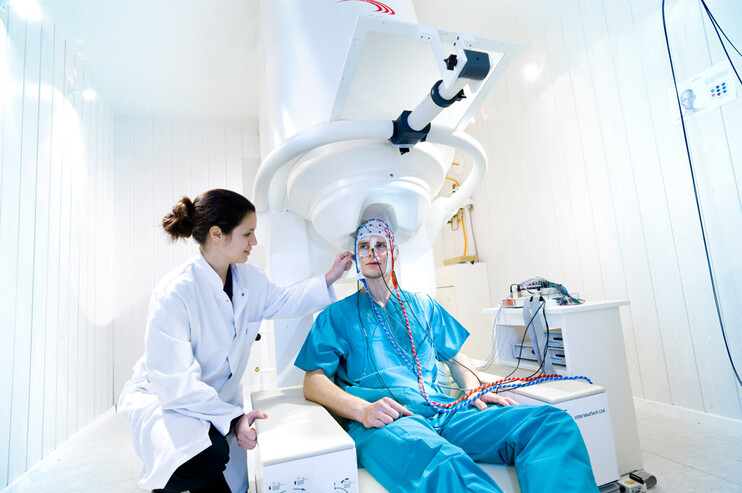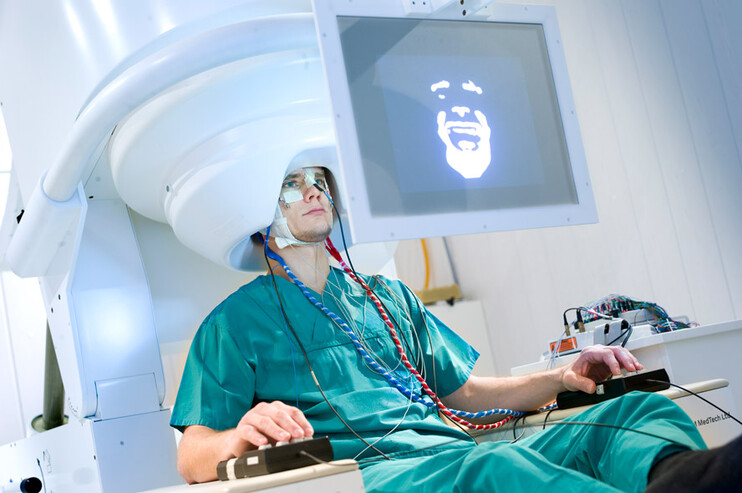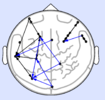Core Structure MEG


Magnetoencephalography (MEG)
Magentoencephalography, or MEG in short, is a noninvasive neuroimaging technique. In the MEG helmet around the subjects or patients head, superconducting measurement devices (SQUIDS) register the tiny magnetic field generated by the current flowing in the dendrites of nerve cells. Using advanced signal processing techniques, the origin of these currents in the brain can be reconstructed with a precision in the centimeter to millimeter range. This offers the opportunity to look at the activity in the human brain with fine temporal and spatial resolution.
The MEG laboratory houses a VSM MedTech Omega 2005 MEG system with 275 channels, stimulation equipment for visual, auditory, and sensory stimulation and a high speed stereo eyetracker. The MEG system is available to members of the BIC as well external researchers. All users, internal or external, receive assitance in planning, conducting and analysing their experiments from members core structure of the BIC.
Images: (C) Hessen schafft Wissen / Jan Michael Hosan








